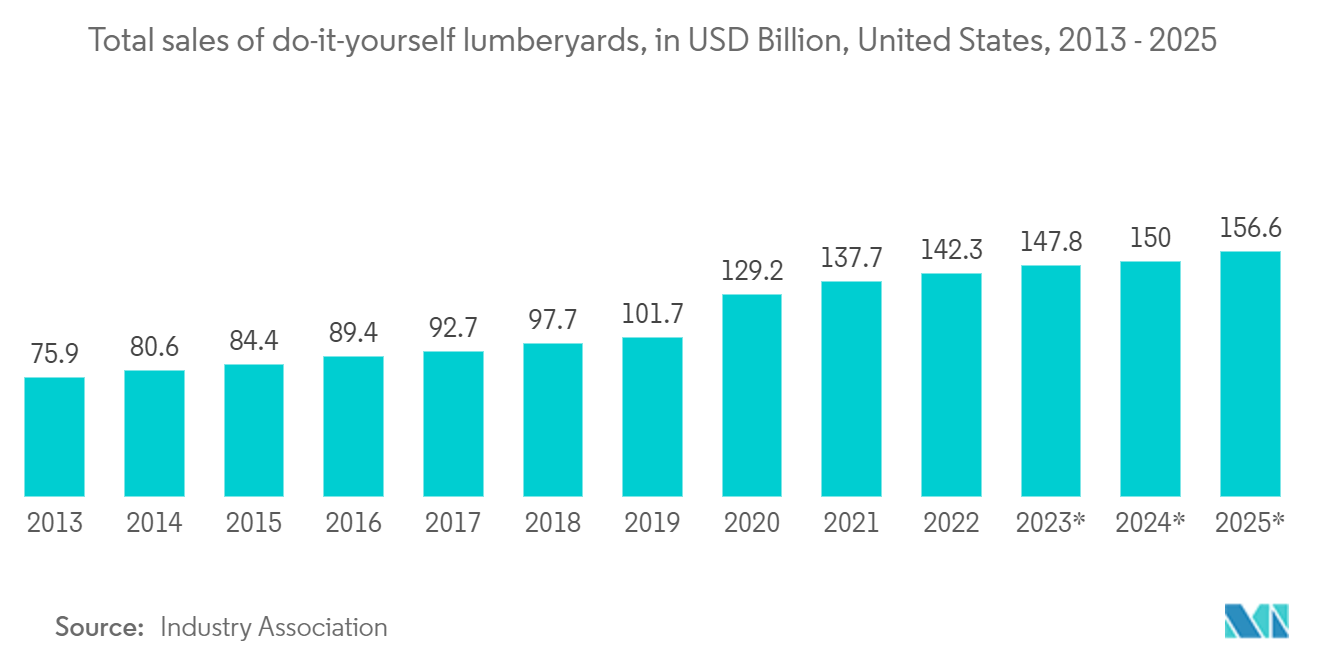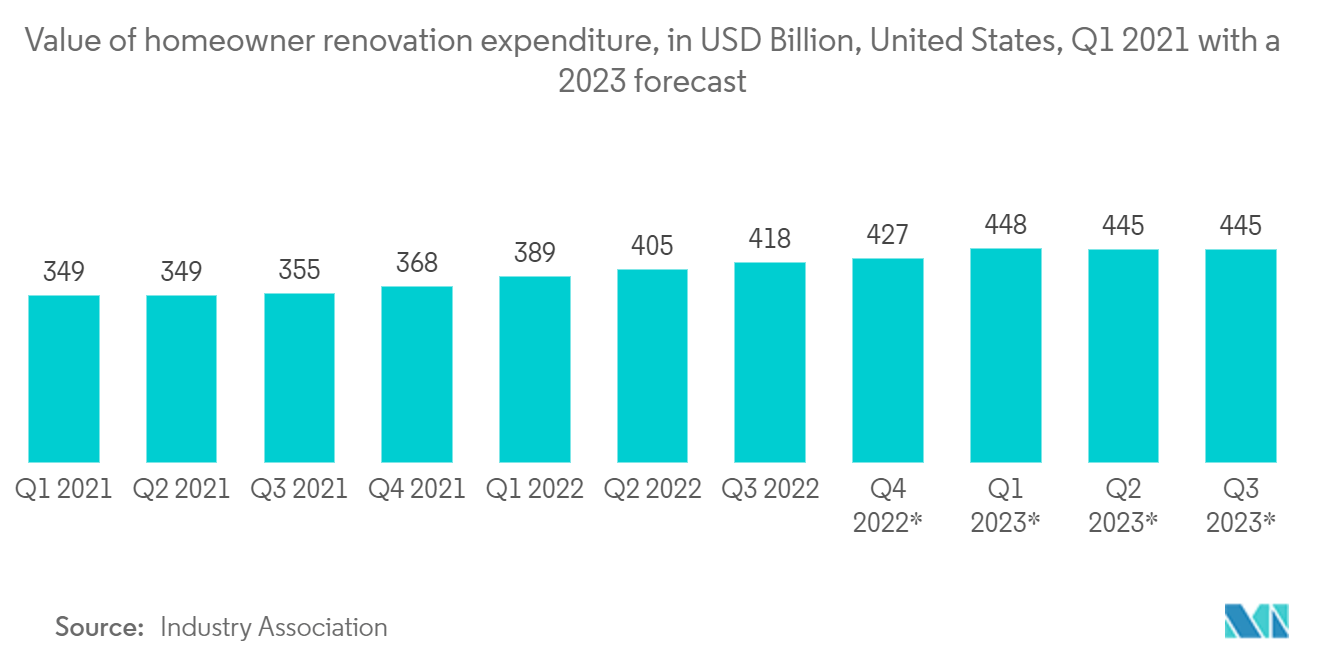Market Trends of Home Remodeling Industry
Booming DIY segment bolstering the market
- The do-it-yourself (DIY) segment of the home remodeling market is a fascinating and empowering aspect of the industry. It involves homeowners taking on renovation and improvement projects themselves rather than hiring professionals. DIY projects can range from small, simple tasks like painting a room to more complex undertakings like installing new flooring or building furniture.
- The appeal of the DIY segment lies in the sense of accomplishment and personalization it provides. Many homeowners enjoy the satisfaction of completing a project with their own hands and seeing the transformation of their living space. DIY projects also offer the opportunity to save money by avoiding labor costs.
- One of the key advantages of the DIY approach is the flexibility it offers. Homeowners have the freedom to work at their own pace, choose their own materials, and experiment with different design ideas. This level of control allows for a truly personalized result that reflects the homeowner's unique style and preferences.
- The availability of online resources and tutorials has greatly contributed to the growth of the DIY segment. Platforms like YouTube and DIY-focused websites provide step-by-step instructions, tips, and inspiration for a wide range of projects. These resources empower homeowners with the knowledge and confidence to tackle new challenges.
- In terms of market size, the DIY segment has experienced significant growth in recent years. Many homeowners are eager to take on projects themselves, whether it's due to budget constraints, a desire for creative expression, or simply the enjoyment of hands-on work. This has led to an increase in the availability of DIY-focused products, tools, and materials in the market.

North America dominates the market
- The North American home remodeling market has seen steady growth over the years, driven by factors such as rising property values, changing lifestyles, and the desire for personalized living spaces. With an increasing number of homeowners opting to remodel rather than relocate, the market has become highly competitive, with numerous companies and professionals offering their services.
- One of the key drivers of the market is the growing focus on energy efficiency and sustainability. Homeowners are increasingly prioritizing eco-friendly materials and energy-efficient systems, such as solar panels and smart home technology. This shift towards green remodeling not only benefits the environment but also helps homeowners save on energy costs in the long run.
- Another notable trend in the North American home remodeling market is the emphasis on open-concept living spaces. Many homeowners are knocking down walls to create open floor plans that promote a sense of spaciousness and facilitate better flow between rooms. This trend is particularly popular in kitchen and living area renovations.
- Additionally, there is a growing demand for aging-in-place modifications as the population ages. Homeowners are seeking to make their homes more accessible and adaptable to accommodate their changing needs. This includes features like grab bars, wider doorways, and zero-step entryways, which allow individuals to comfortably age in their own homes.
- The rise of technology has also had a significant impact on the home remodeling market. Virtual reality (VR) and augmented reality (AR) tools are increasingly being used to help homeowners visualize their projects before construction begins. This technology allows for better communication between homeowners and contractors, resulting in more accurate project outcomes.
- In terms of regional variations, the North American home remodeling market varies across different states and provinces. Factors such as local building codes, climate considerations, and cultural preferences influence the types of remodeling projects that are popular in each region.


